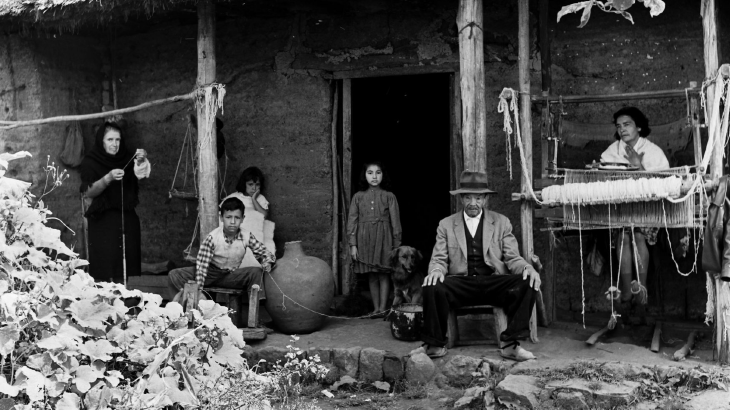
The most recent
Abstract
Colombia experienced one of the fastest declines in fertility in the world: children per woman fell from 7 in 1960 to 3 in 1985. Despite the country's significant inequalities, the regional aspect of this decline has been overlooked in previous research. This article examines the fertility decline with a focus on regional. The study uses the complete censuses of 1973 and 1993 to provide a detailed empirical perspective on the fertility transition in the country. Spatial patterns are analysed using Local Indicators of Spatial Association (LISA) to identify geographic clusters and explore the association between geography and fertility patterns before and during the transition. Additionally, new estimates of fertility rates from 1958 to 1990 are presented at both national and departmental levels. The results indicate that, prior to the fertility transition, patterns were influenced by historical legacies derived from differences in geographic endowments. However, starting from 1964, fertility began to decline simultaneously in all regions, regardless of their traditional fertility levels. Although regional convergence of fertility rates was not achieved by 1983, the total rate halved in most regions in just 25 years. Despite regional differences, the fertility decline in the country was not only rapid but also widespread. This simultaneous decline suggests that socioeconomic improvements alone do not always explain demographic processes.

